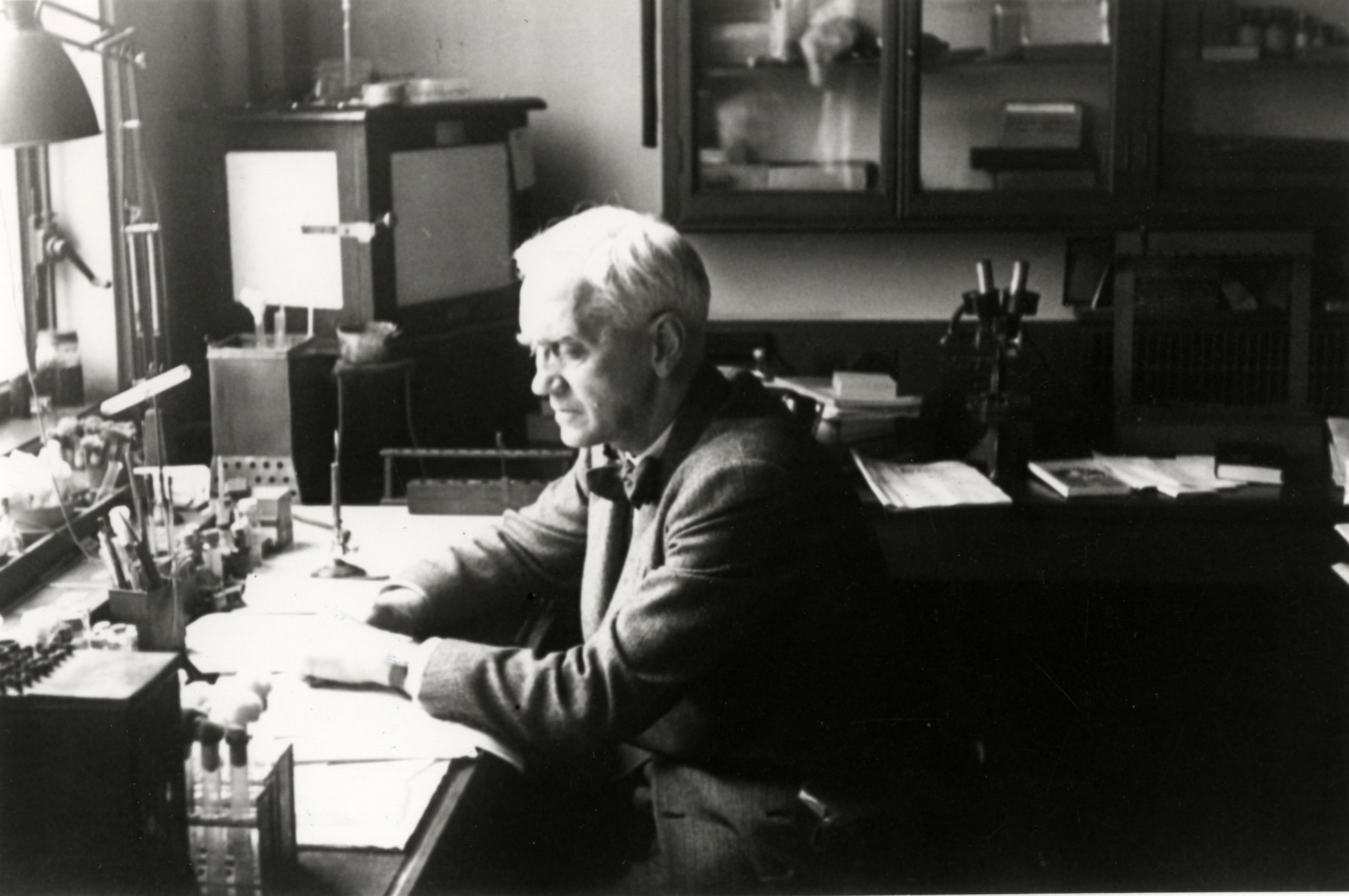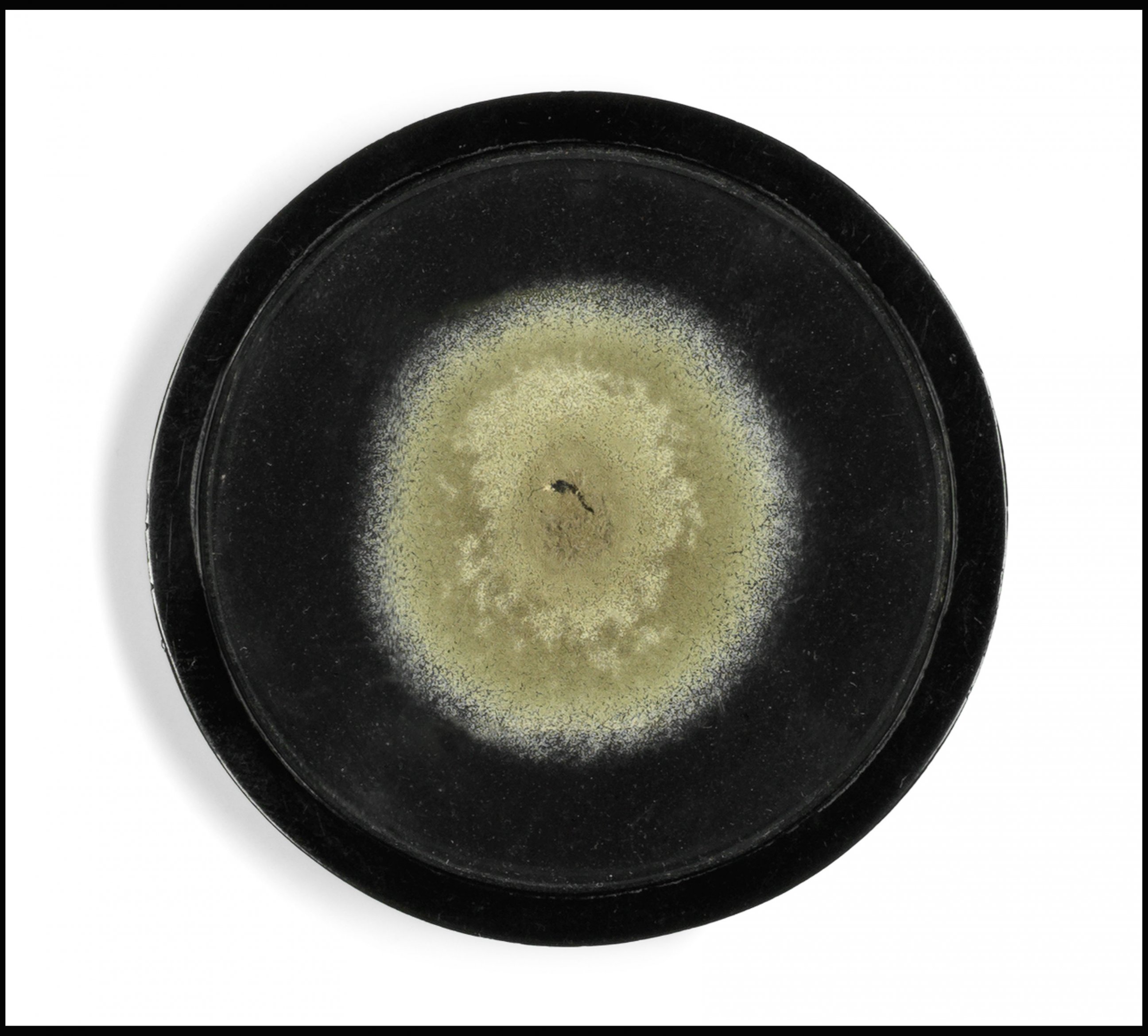Penicillin mold cultured by Alexander Fleming auctioned for more than $14,000
Scientist Alexander Fleming discovered the mold could kill bacteria.
— -- A mold sample may seem like an unlikely prize, but a sample of penicillin mold pulled in more than $14,000 when it was sold at auction this week in the U.K.
Spending thousands on mold may seem unusual, except for the fact that this sample is part of the major medical discovery of antibiotics. The sample sold was one of the first created by Alexander Fleming, who discovered the antibacterial properties of penicillin mold in 1928.

The sample was part of a collection held by Fleming's niece, Mary Anne Johnson, and was sold this week for nearly 12,000 pounds, or approximately $14,592, at the Bonhams Auction House in the U.K.
Fleming made the antibacterial discovery by accident, after finding that mold was growing on petri dishes that contained Staphylococcus bacteria. He found that the bacteria near the mold had been killed, according to the American Chemical Society. He then began to investigate how penicillin could kill other bacteria without causing harmful side effects to humans.
He would grow the mold on blotting paper, which he then encased in glass and either a gold or tortoiseshell rim, according to the Bonhams Auction House. The mold was housed in a small disk and inscribed in Fleming's handwriting, with the phrase, "The mould that first made Penicillin/ Alexander Fleming."





